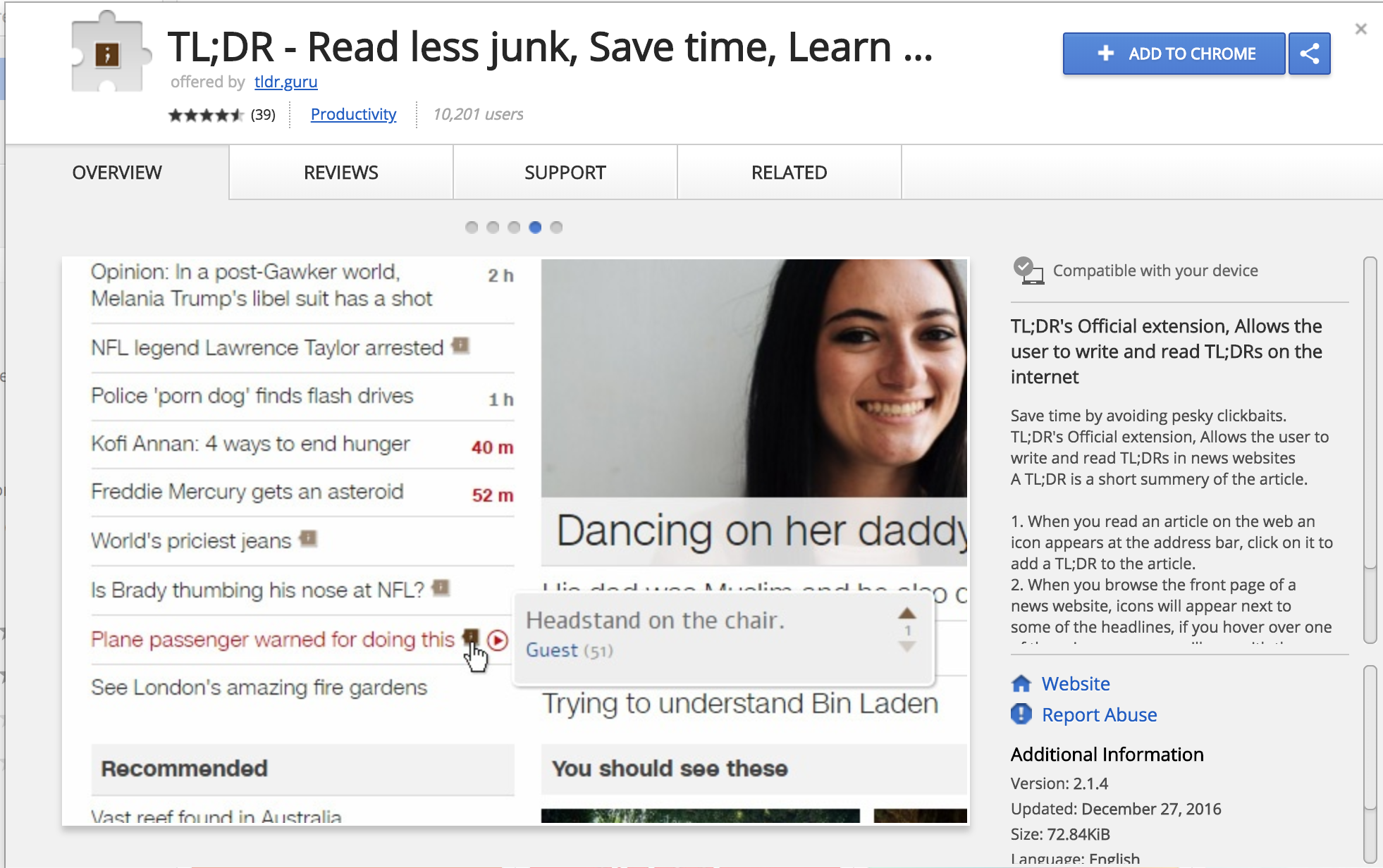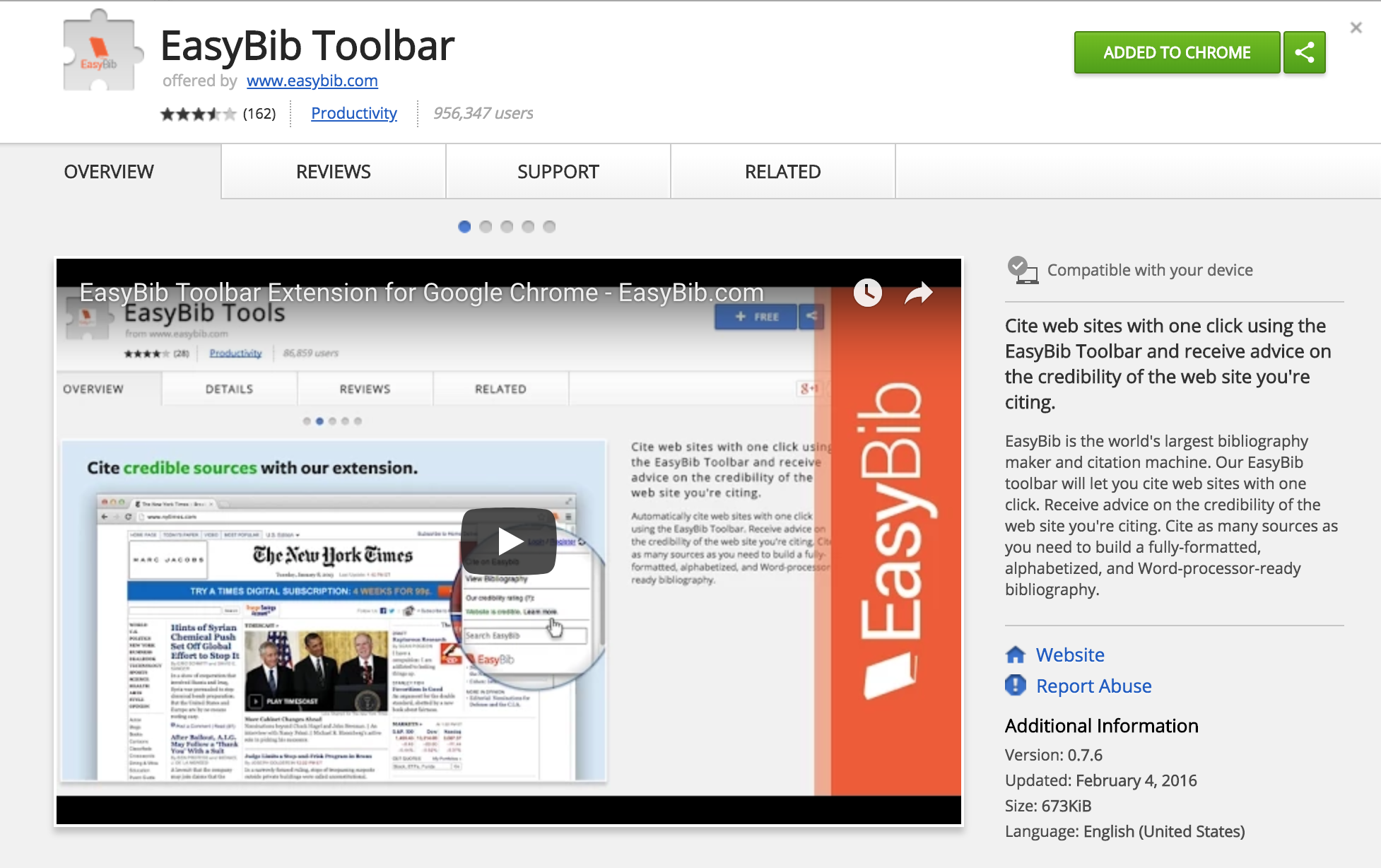F1. 21st Century Reading
Perhaps I am an optimist, but I believe that there is no better time to be a reader than now. The information age not only allows us wide access to books in digital formats and audio formats, but it also creates an atmosphere where young readers can easily share book recommendations on social platforms and where young writers can self publish works to receive feedback and opportunities for collaboration. While I will always love turning the paper pages in a book, that “analog” style of reading is going nowhere and will only be supplemented by digital reading. I think that the future is bright for reading in the 21st century.
Blinkist
This subscription site takes long, often intimidating non-fiction books and boils them down to digestible 10 - 20 minute overviews. These overviews match contemporary attention spans, allow students to preview texts they otherwise would avoid, and build reading confidence for hesitant readers. I personally have been using the platform as a way to revisit books I have read in full. It is amazing how much you forget until you remind yourself of a book’s contents.
Audible
I believe in the power of audiobooks as natural extensions of listening to oral stories, spoken histories, and recited poetry. Audible’s large library, easy user interface, and integration with other Amazon products makes it a great tool for the classroom, especially for learners who are benefited by read-alongs or will self-identify as a reader because of audiobooks. Students will be benefited for years if they expand their view of books to include audiobooks at a young age, and they will find a time for books, even in today’s hectic pace of media consumption.

















